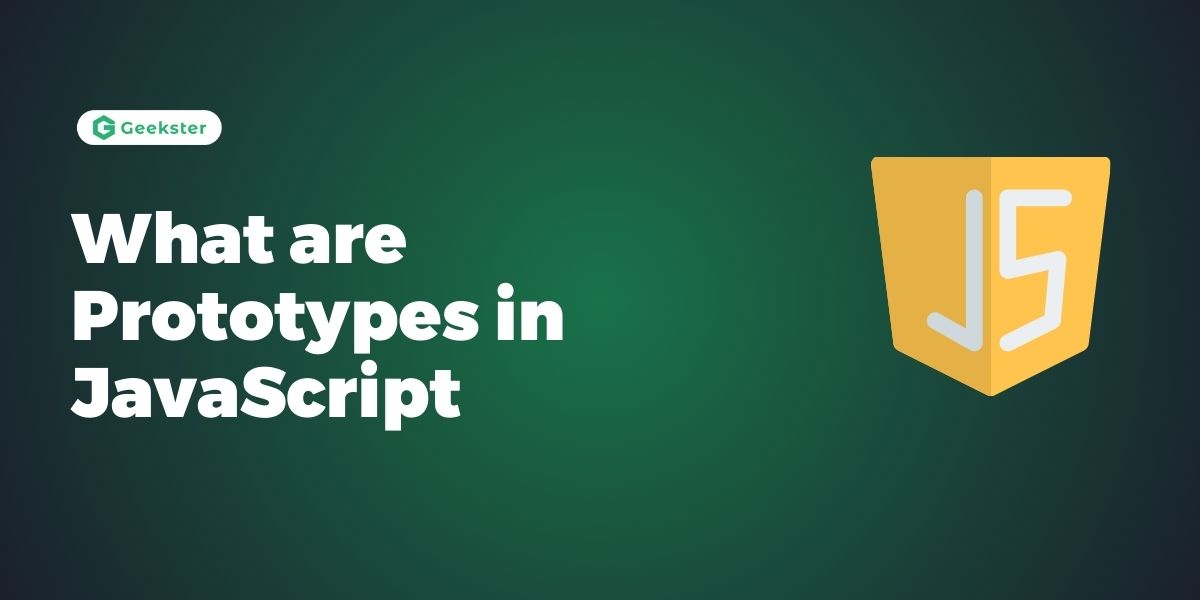Introduction
JavaScript, a powerful and versatile language, uses prototypes to manage inheritance and share properties and methods between objects. Prototypes are a fundamental concept in JavaScript that can be both powerful and confusing. This article will demystify prototypes, explaining what they are, how they work, and how you can use them effectively in your JavaScript code.
What Are Prototypes?
In JavaScript, every object has a prototype. A prototype is another object that serves as a template from which the original object inherits properties and methods. This inheritance mechanism allows objects to share common behavior without duplicating code.
Key Concepts:
- Prototype Chain: When you access a property or method on an object, JavaScript first looks at the object itself. If the property or method is not found, JavaScript then looks up the prototype chain to find it.
- Object Prototype: The
Objectconstructor has a prototype object which all objects inherit from by default. This prototype provides basic methods such astoString()andhasOwnProperty().
How Prototypes Work
To understand prototypes, it’s helpful to visualize them as a chain of objects, with each object linking to another object that acts as its prototype.
Example:
// Define a constructor function
function Person(name) {
this.name = name;
}
// Add a method to Person's prototype
Person.prototype.sayHello = function() {
console.log(`Hello, my name is ${this.name}`);
};
// Create a new Person instance
const person1 = new Person('Alice');
// Call the method from Person's prototype
person1.sayHello(); // Output: Hello, my name is AliceIn this example:
Personis a constructor function used to create new objects.Person.prototype.sayHellois a method added to the prototype ofPerson.- When
person1is created, it inherits thesayHellomethod fromPerson.prototype, even thoughperson1itself does not have this method defined directly.
Prototype Inheritance
JavaScript’s prototype-based inheritance allows objects to inherit from other objects, creating a chain of prototypes.
Example:
// Define a base constructor function
function Animal(name) {
this.name = name;
}
// Add a method to Animal's prototype
Animal.prototype.makeSound = function() {
console.log('Some generic sound');
};
// Define a derived constructor function
function Dog(name, breed) {
Animal.call(this, name); // Call the base constructor
this.breed = breed;
}
// Set up inheritance
Dog.prototype = Object.create(Animal.prototype);
Dog.prototype.constructor = Dog;
// Add a method to Dog's prototype
Dog.prototype.bark = function() {
console.log('Woof! Woof!');
};
// Create an instance of Dog
const myDog = new Dog('Buddy', 'Golden Retriever');
// Call methods from both Animal and Dog prototypes
myDog.makeSound(); // Output: Some generic sound
myDog.bark(); // Output: Woof! Woof!In this example:
Doginherits fromAnimalusingObject.create(Animal.prototype), which sets up the prototype chain.myDogcan access methods defined in bothAnimalandDogprototypes.
Modifying Prototypes
You can also modify prototypes dynamically, which affects all instances inheriting from that prototype.
Example:
// Define a constructor function
function Car(make) {
this.make = make;
}
// Add a method to Car's prototype
Car.prototype.startEngine = function() {
console.log(`${this.make}'s engine started.`);
};
// Create a new Car instance
const myCar = new Car('Toyota');
// Modify the Car prototype
Car.prototype.stopEngine = function() {
console.log(`${this.make}'s engine stopped.`);
};
// Call the new method
myCar.stopEngine(); // Output: Toyota's engine stopped.In this example:
- A new method
stopEngineis added to theCarprototype aftermyCaris created. myCar, and any other instances ofCar, now have access to thestopEnginemethod.
Conclusion
Prototypes in JavaScript are a powerful feature that facilitates inheritance and code reuse. By understanding prototypes and how they work, you can leverage JavaScript’s prototype-based inheritance to write more efficient and maintainable code. Mastery of prototypes is essential for becoming proficient in JavaScript and for working effectively with its object-oriented features.
Frequently Asked Questions
The prototype chain is a series of links between objects where each object has a prototype object from which it inherits properties and methods. When a property or method is accessed, JavaScript looks up the chain to find it, starting from the object itself.
In classical inheritance, objects inherit from classes. In JavaScript, inheritance is based on prototypes, where objects inherit directly from other objects. This prototype-based inheritance allows for more dynamic and flexible object creation.
Yes, modifying a prototype will affect all instances that inherit from that prototype. Any new methods or properties added to the prototype will be accessible to existing instances of the object.

